Data from the Higher Education Statistics Agency shows that 121,205 women studied design and creative subjects at university level in 2021/2022 compared with 67,275 men. This has been the case for many years, yet there are fewer female design leaders than men.
Love design director Helen Lazzari
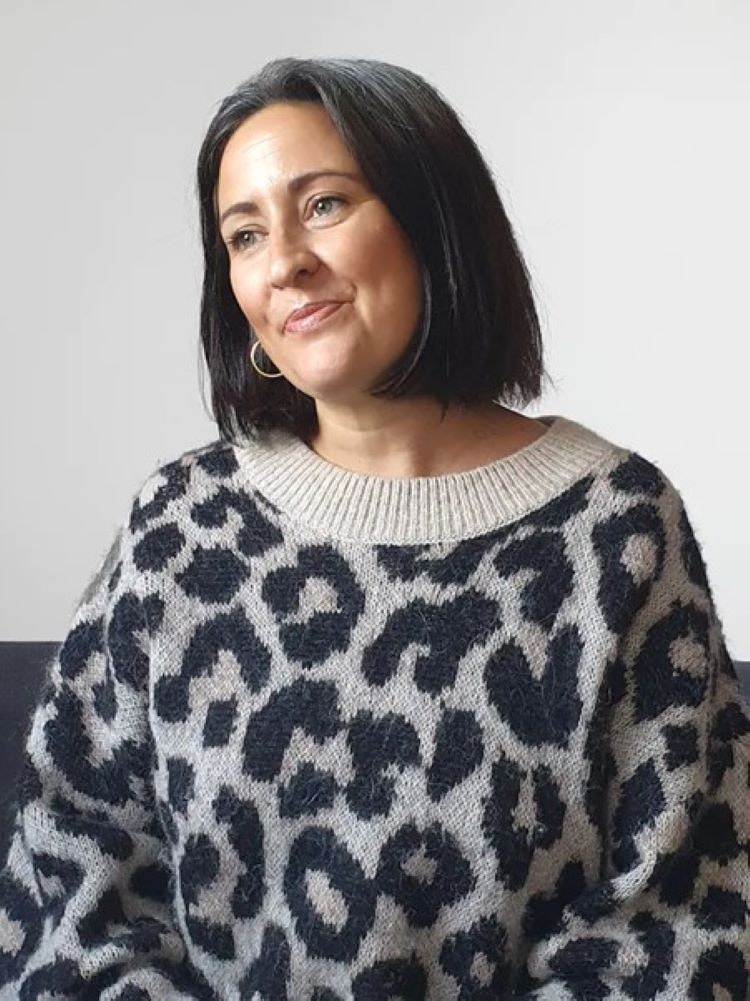
“Female representation at senior levels is key. As someone who began my career in an all-male environment, the moment I was introduced to a lead female creative, I began to feel much more comfortable and inspired. In my view, it’s important to give women the space to lead and manage in their own style. Women should feel able to run projects in ways they believe in, with the knowledge that doing something differently doesn’t make it wrong.
Maternity support also goes a long way. Financially of course, but also in terms of flexible working and personal time management. Trust makes women feel in control of their careers whilst balancing a busy home life – the importance of which extends to those with and without kids. In short, I believe women want to be inspired by other women in a non-competitive environment and feel that their leadership and working practices are valued.”
Design Bridge London executive creative director Claire Robertshaw
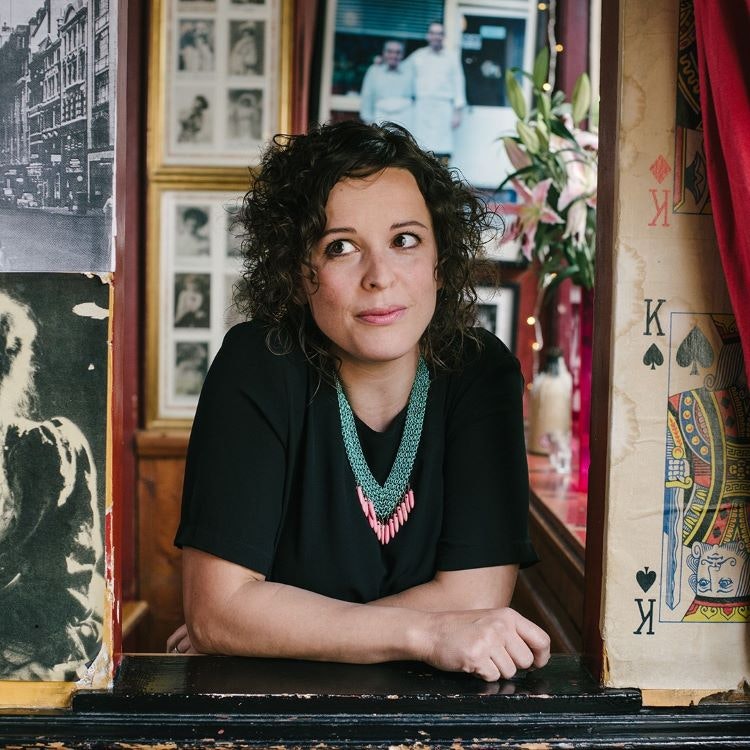
“Design Bridge has created an inclusive environment where gender equality is the norm. Sounds simple, it isn’t, but as we’ve shown, it is achievable…
Firstly, it’s about positive action in our entry level recruitment. Ensuring we find the best talent, that is reflective of our diverse society, both gender and ethnicity.
Then we create a culture in which everyone can thrive, with training and mentoring at our centre. We embrace values of empathy, empowerment and honesty that visibly disrupt the legacy tropes of toxic masculinity. These are healthy for everyone, but especially important to inspire and retain women.
Motherhood is a key time when physical and emotional wellbeing is hugely challenged and we’re at risk of losing amazing women or limiting their progression to management. Fair maternity and flexible working policies are crucial, but this is also about encouraging shared parental leave to enable fathers to share responsibility. For women to thrive post maternity leave and progress into leadership roles, they need support at work and at home.
Probably the most powerful way to address the problem is for women to be able to see themselves as future leaders. So to see more women leading studios, maybe with some kids in tow, is a powerful thing. Female leaders are still a minority.
If you are one, resist the temptation to model your behaviour on male leaders, be yourself, impact your company culture, embrace your potential and raise those around you.
Remember: ‘a candle loses nothing from lighting another.’”
True North senior designer Victoria Pinnington
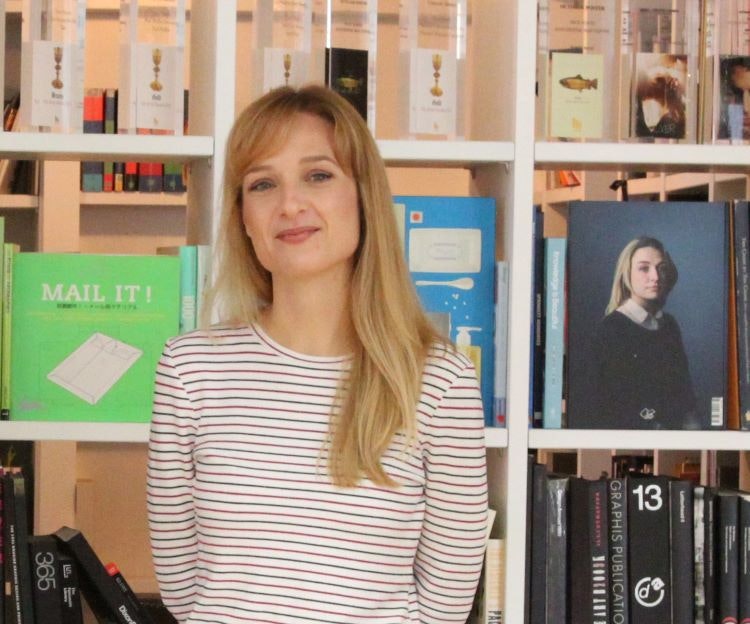
“For me there are a distinct lack of role models – visibility of female designers in senior positions. In my professional career I’ve never worked at an agency with a female designer on the board. You do begin to wonder, where have all the women gone? What will happen to me? Will I reach that level? I’m pretty sure it’s not just a childcare issue.
This isn’t a women’s problem that only women should be solving, it’s an industry problem. We need both men and women to be equal parts of the solution to help break down barriers. Design studios need to invest confidence in women at senior leadership levels and make sure we’re seeing women at the top.
As women of senior positions in design we should use our voices in a genuine way to make ourselves more visible and to encourage our peers. We should celebrate the female role models that are there too – one of the most iconic logos of our time – the Nike swoosh is designed by a woman, it’s just not shouted about enough. A more visible presence of these role models should encourage and inspire other women.”
Morrama founder and creative director Jo Barnard

“Creative output is subjective and an idea can divide opinion. Yet, we are naturally drawn to people who look, talk and think like us. For example, a white cis man is likely to feel more aligned with someone who’s like him in the same way that I often feel more natural around other women. The issue is that we have a legacy of white male directors in creative teams. Design leaders need to push themselves out of their comfort zone and hire people different to them, not just to fix gender inequality in the industry, but because it’s been proven that creative output is better when there is diversity in the room.”
Superunion creative director Katherina Tudball
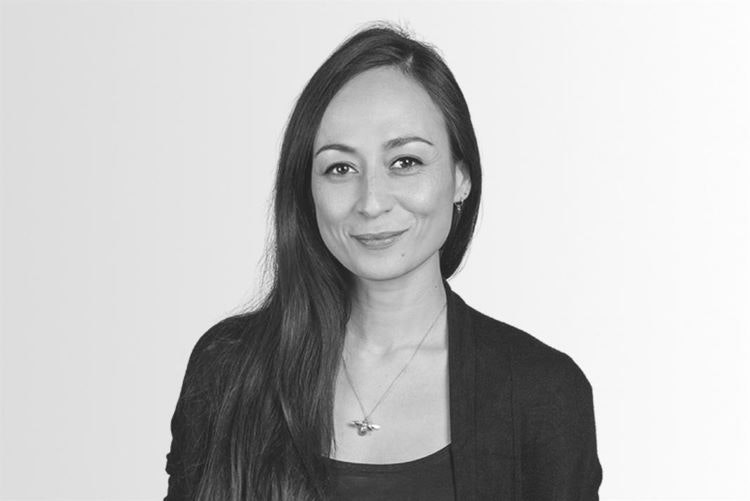
“For a long time, we’ve seen more female graphic design students excelling in education, but that trajectory clearly gets interrupted in industry. I think some studios still suffer from hiring more men over women, even at a junior level – perhaps this is the curse of some Creative Directors preferring to hire mini-me’s? But broadly speaking at an entry level, things seem a bit more equal.
The real drop-off in representation tends to start mid-career leading to the lack of female creative leadership. An obvious reason is of course time away having children and the subsequent childcare responsibilities that can have practical impacts on many women’s working lives. Freelancing may also offer a better balance for some than full-time roles.
But I think something that also plays a part is a lack of visible senior female creative leaders, which can cause some women (whether they intend to have children or not) to limit their own ambition or self-belief mid-career. If you can’t picture yourself in creative leadership, or see examples all around to emulate, it can be harder to set your own career path towards those goals.
I certainly benefitted most when I finally sought out some female creative directors to discuss my own path with, after too many years allowing the dominance of men in those jobs to influence my own ideas about what I could achieve.
As well as making returning to work easier and more flexible for mothers on a practical level later on, design studios can help by starting early. We need to ensure that we inspire the same limitless creative ambition and provide the same career-building opportunities and mentoring for younger female designers as we do for the guys.”
FutureBrand senior designer Raissa Schpatoff
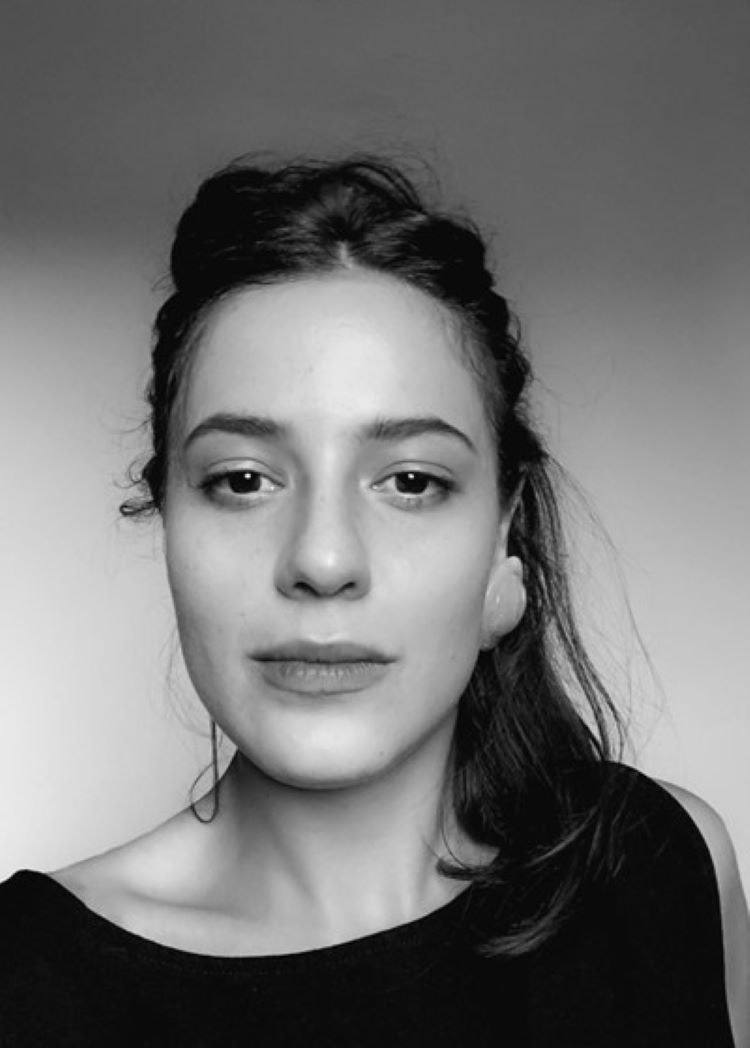
“The creative industry is constantly building bridges between the present and the future. That is our job: shaping standards and inventing new possibilities. And just as we need to be ahead in the game regarding technologies, trends, and consumer behaviours, bringing more equity, diversity, and inclusivity should be instinctive. Educating ourselves and having inclusivity as part of our daily creative process is a priority.
That said, as part of the creative industry, we must do our work with the recognition that sexism, racism, homophobia, and all forms of oppression are still present in our daily lives – Nowadays, they are less than in the past, but is still there. And not being afraid of having the difficult talk, being open, vulnerable and, most importantly, active is how we shape the world where we want to live in is an urgent matter. That depends not only on Women empowering each other. It is a collective effort from all people involved in the creative industry. Like author Bell Hooks brilliantly said, ‘What we cannot imagine, we cannot come into being’. Building community requires vigilant awareness of the work we must continually do to undermine all the socialisation that leads us to behave as we do.
To bring equity to the environment in more practical ways, perhaps it’s more effective to think of feminine leadership — which exists along a spectrum — as the antithesis of an antiquated system. The future, to me, comes down to stories and voices. That’s what agencies are about, taking every opportunity to listen and learn and changing the game using our creative minds.”
Uniform Group chief operating officer Michelle Ford
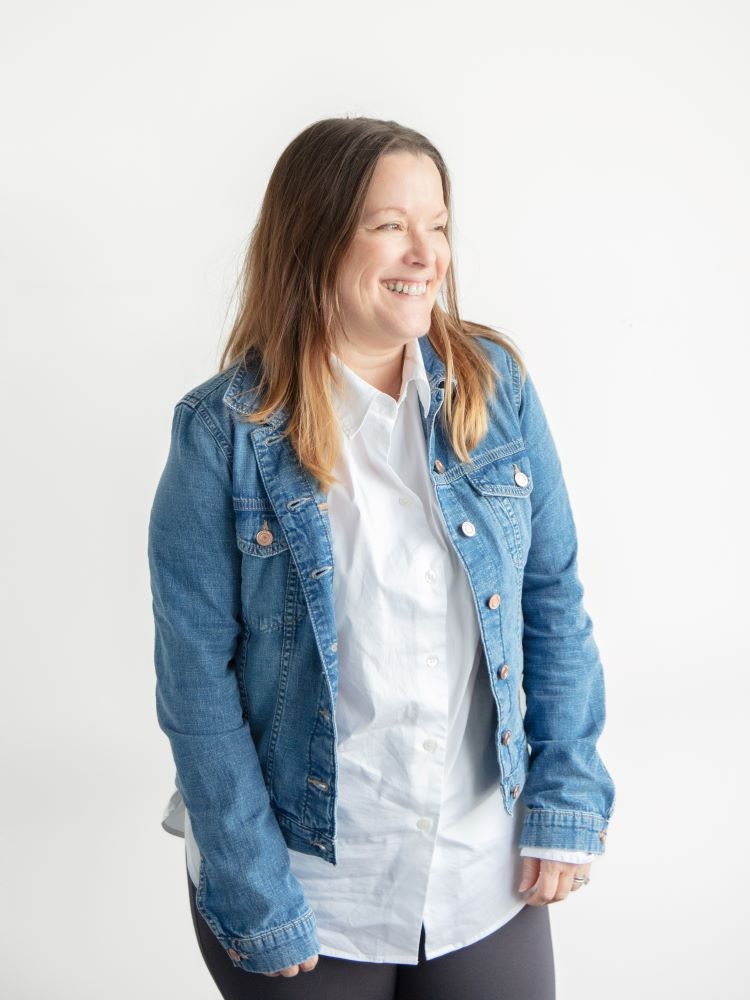
“At Uniform Group, we’re creating compelling reasons for female talent to stay in our business by investing in learning & development.We support and fast-track our talented women so they feel equipped to progress into senior and leadership roles through our competency framework – a mix of skills-based training, personal development programmes, inspiration sessions, group coaching, and knowledge sharing – to develop individual paths to progress.
It’s also important to create the right environment for female leaders to thrive. We benchmark salaries and pay fairly, provide opportunities for better work-life balance through hybrid, flexible and remote working; offer generous maternity and shared parental leave packages and menstrual and menopause health support – addressing issues that can be a barrier to women pursuing or progressing their creative careers.
Agencies need to contribute to changing the conversation. We are part of the North West chapter of Kerning the Gap – the equality network for the design industry – and our aim is to see more diversity in leadership roles and improve opportunities for all levels. We do this through our involvement in mentoring programmes and events that help people to feel empowered and confident on their leadership journey.”

- Design disciplines in this article
- Brands in this article










